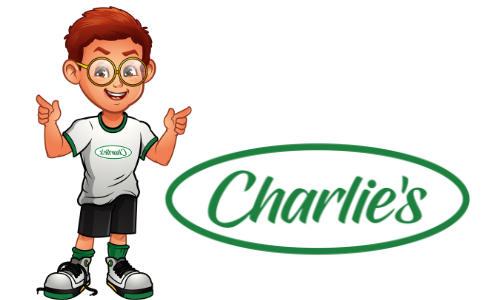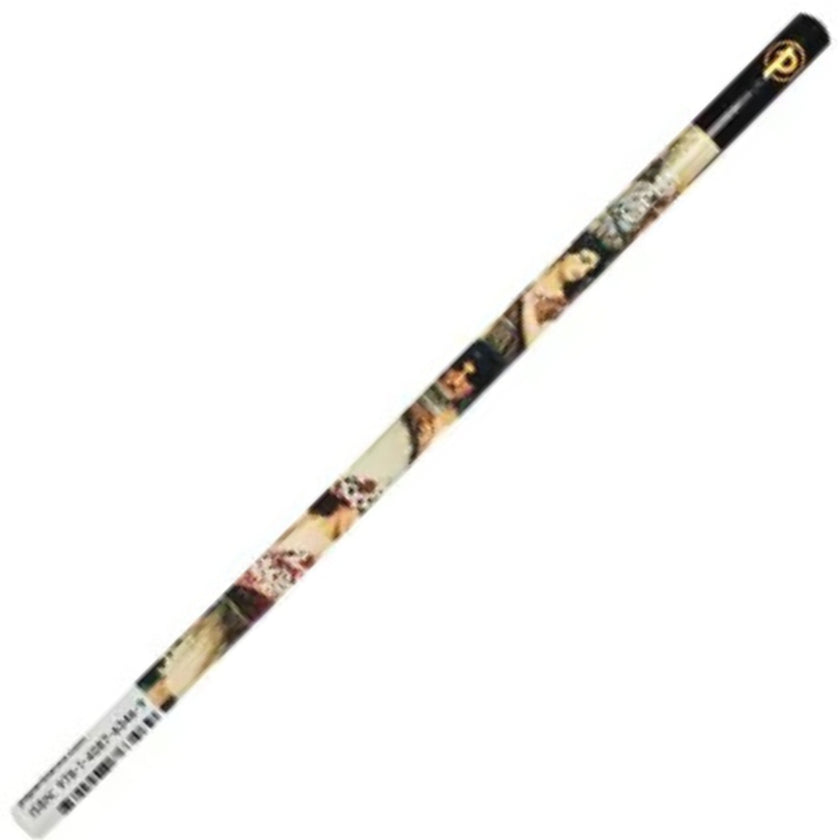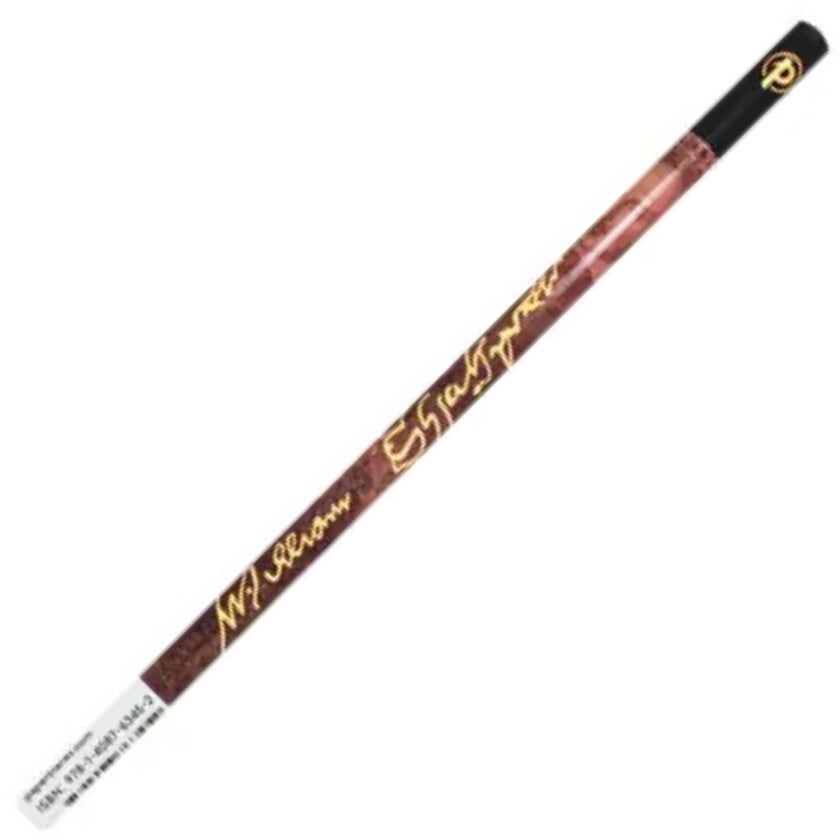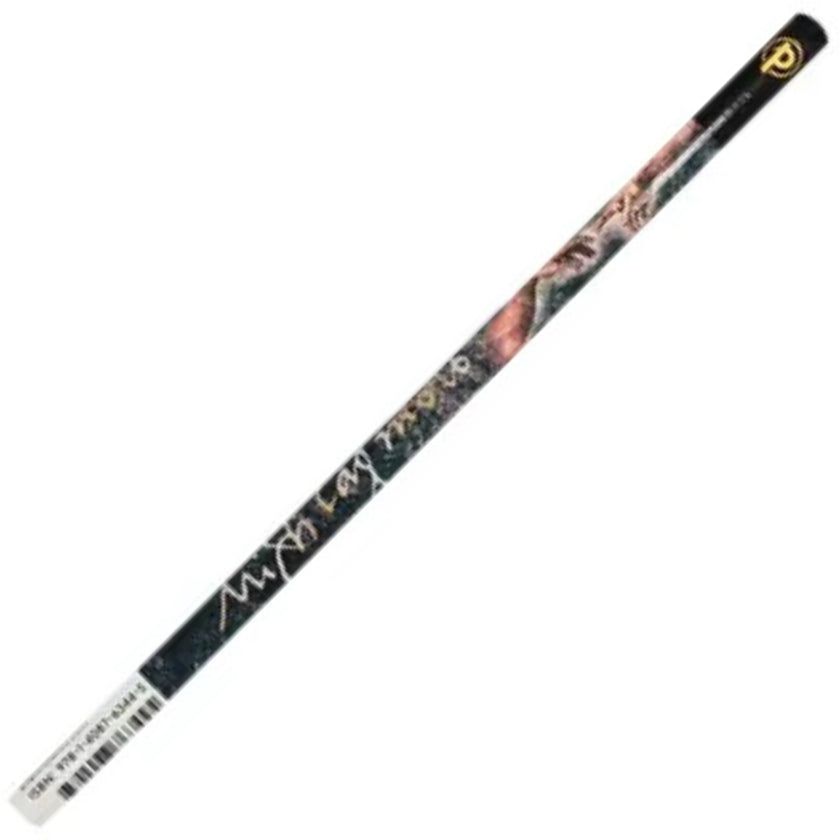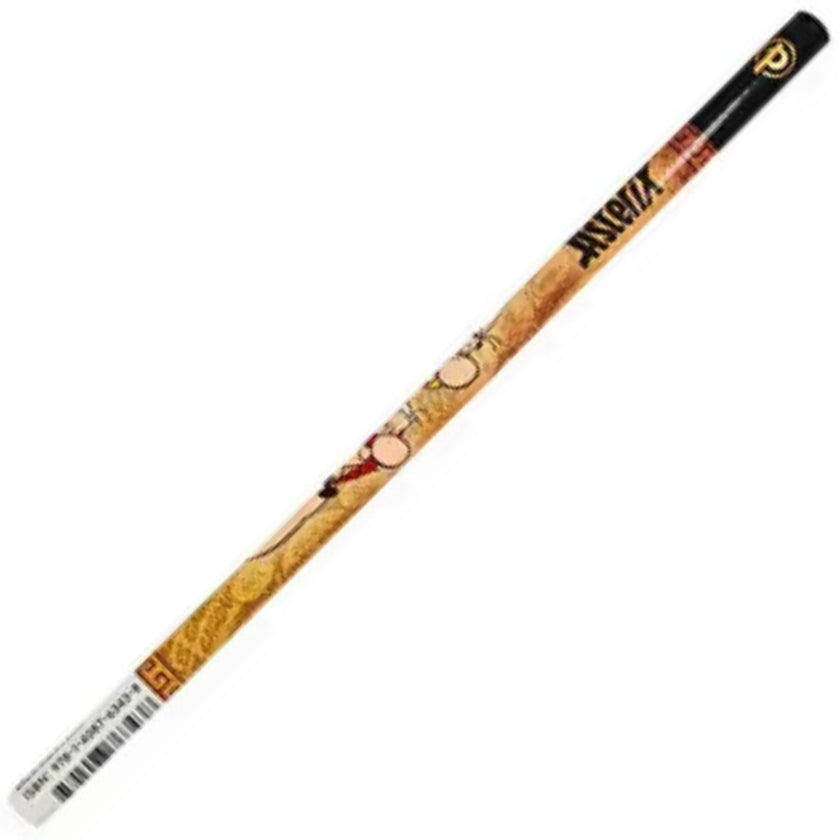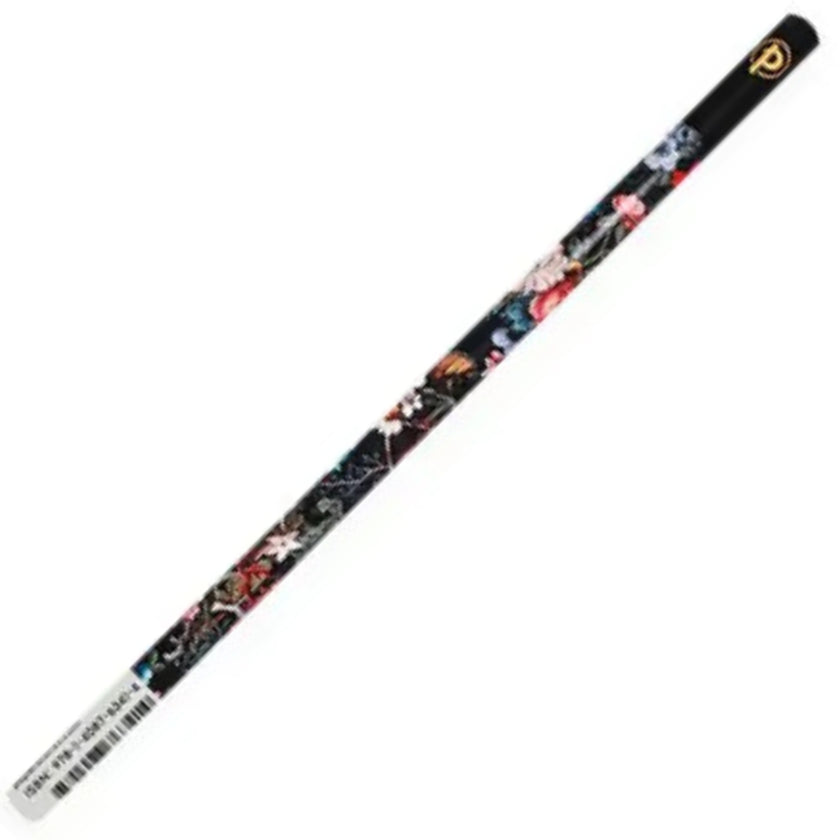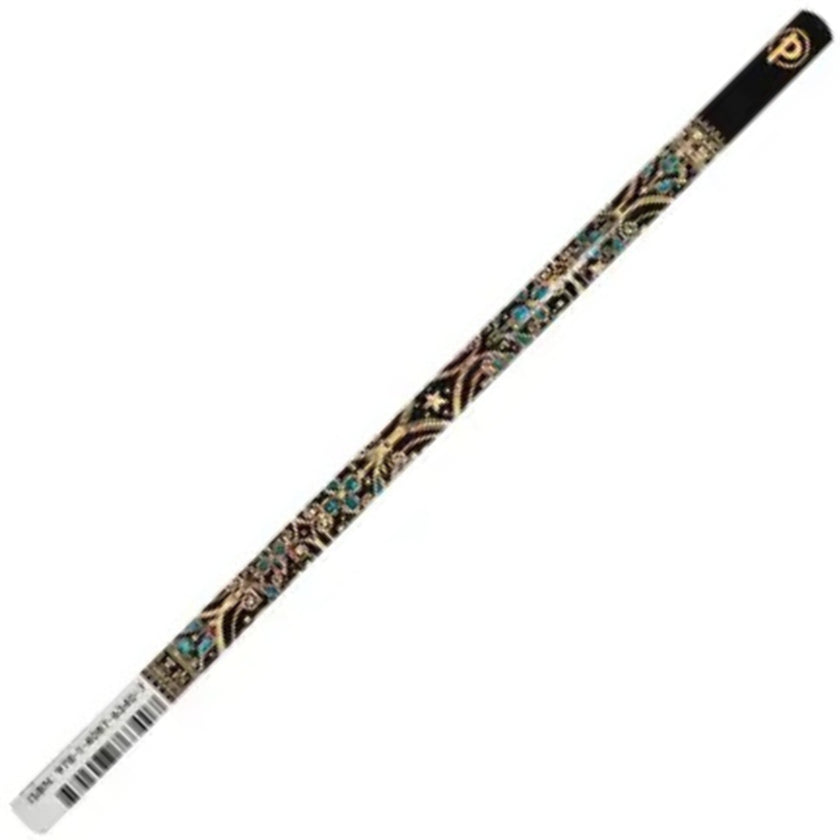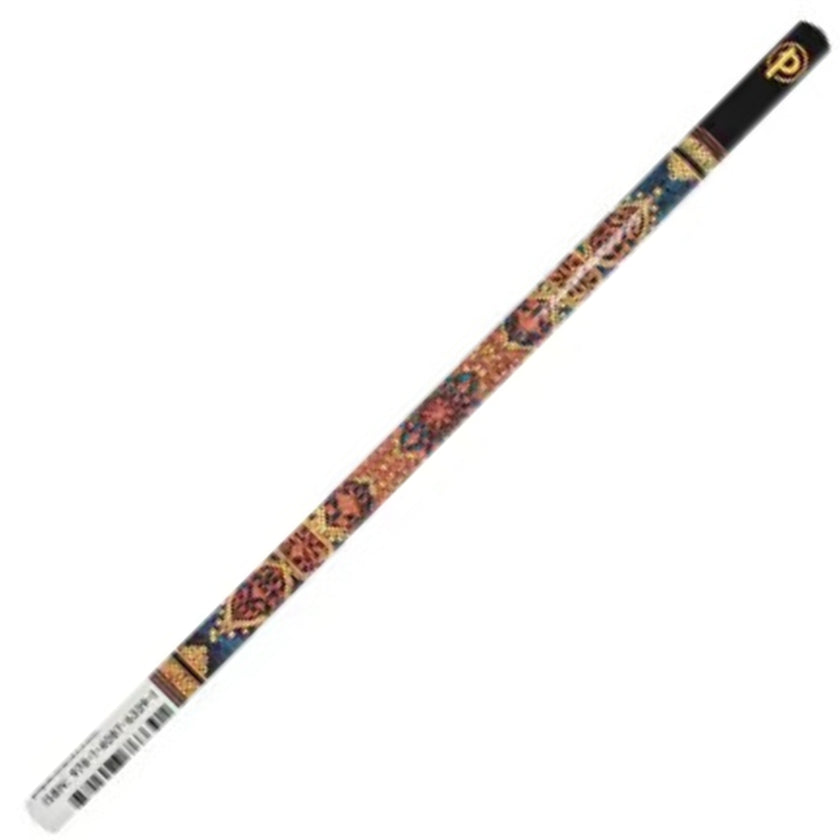Back to School: Tips for a Successful Start to the Academic Year
As summer winds down and the school year approaches, it’s time to shift gears and prepare for the exciting journey ahead. Whether you’re a student, parent, or educator, starting the school year off on the right foot is essential. Here are some tips to ensure a smooth and successful transition back to school.
For Students:
1. Organize Your Supplies
- Make a List: Ensure you have all the necessary school supplies like notebooks, pens, calculators, and binders.
- Label Everything: This helps keep track of your belongings, especially in shared spaces.
2. Set Goals
- Academic Goals: Decide what grades you aim to achieve and identify areas for improvement.
- Personal Goals: Whether it’s joining a club, making new friends, or improving time management, setting personal goals can make the school year more fulfilling.
3. Create a Study Schedule
- Plan Ahead: Allocate specific times for homework, study sessions, and extracurricular activities.
- Stay Consistent: Consistency helps build good habits and reduces last-minute stress.
4. Get Involved
- Join Clubs and Activities: Explore interests and meet new people by participating in clubs, sports, or other school activities.
- Volunteer: Giving back to the community can be rewarding and looks great on college applications.

When it comes to packing the perfect lunch for kids, having the right gear can make all the difference. From keeping food fresh to ensuring drinks stay cool, the following items are essential for a successful and enjoyable lunchtime.
Kids' Lunchboxes
A good lunchbox is the cornerstone of any school meal. Look for options that are durable, easy to clean, and have multiple compartments to keep foods separate and fresh. Fun designs and colors can make lunchboxes exciting for kids, encouraging them to eat their meals.
Thermal Food Jars
Thermal food jars are perfect for keeping hot foods hot and cold foods cold. They are ideal for soups, stews, pasta, or even cold salads. Investing in a high-quality thermal jar can expand your lunch packing options significantly.
Cups and Kids Bottles
Staying hydrated is crucial, and having a dedicated cup or bottle makes it easier for kids to drink enough water throughout the day. Look for bottles that are spill-proof and easy to clean.
Cups and Kids Bottles
Staying hydrated is crucial, and having a dedicated cup or bottle makes it easier for kids to drink enough water throughout the day. Look for bottles that are spill-proof and easy to clean.
Shakers and Slush Makers
Shakers and slush makers are a fun addition to any lunchbox, allowing kids to enjoy homemade smoothies or slushies. These items can make healthy drinks more appealing and exciting.
Thermal Bottles
Thermal bottles are perfect for keeping drinks at the desired temperature for longer periods. Whether it’s keeping water cold or a hot drink warm, these bottles are a must-have for active kids.
Tritan Bottles
Tritan bottles are known for their durability and safety. These bottles are shatterproof and BPA-free, making them a great choice for kids of all ages.
Tumblers
Tumblers are versatile and can be used for both drinks and snacks. Look for options with lids and straws that are easy for kids to handle.
The Ultimate Guide to Choosing the Perfect School Bag
Introduction
The school bag, a quintessential accessory for every student, is more than just a means to carry books. It’s a daily companion, a statement of style, and a tool that can significantly impact a student's comfort and health. With countless options available, choosing the perfect school bag can be overwhelming. This guide will help you navigate through the choices and find a bag that fits your needs and style.
Why the Right School Bag Matters
A well-chosen school bag can prevent physical strain and discomfort. According to experts, an ill-fitting or overloaded bag can lead to back pain, poor posture, and even long-term musculoskeletal issues. Beyond health, the right bag can enhance organization, durability, and even self-expression.
Key Features to Consider
1. Ergonomic Design
- Padded Straps: Ensure the bag has wide, padded shoulder straps to distribute weight evenly.
- Back Support: A padded back panel provides extra comfort and protects against sharp book edges.
- Adjustable Straps: Allow for a customized fit, ensuring the bag sits properly on the back.
2. Size and Capacity
- Age and Grade Level: Younger students need smaller bags, while high school and college students require larger capacities for more materials.
- Compartments: Look for multiple compartments to organize books, stationery, electronics, and personal items efficiently.
3. Material and Durability
- Water-Resistant Fabric: Protects contents from rain and spills.
- Reinforced Stitching: Adds strength to withstand daily wear and tear.
- Quality Zippers and Fastenings: Ensure longevity and security.
4. Style and Aesthetics
- Personal Taste: Choose colors and designs that reflect the student’s personality.
- Brand Reputation: Sometimes, investing in reputable brands can offer better quality and design.
Types of School Bags
1. Backpacks
- Most popular and versatile.
- Ideal for all age groups.
- Available in various sizes and styles.
2. Messenger Bags
- Trendy and stylish.
- Suitable for older students.
- Typically less capacity than backpacks but great for light loads.
3. Tote Bags
- Simple and easy to use.
- Best for light carrying needs.
- Popular among college students.
4. Rolling Bags
- Ideal for students who need to carry heavy loads.
- Prevents back strain.
- Can be cumbersome on stairs and rough terrain.
Tips for Maintaining Your School Bag
- Regular Cleaning: Keep the bag clean to extend its life. Follow the manufacturer's cleaning instructions.
- Avoid Overloading: Only carry necessary items to prevent strain and damage to the bag.
- Proper Storage: Store the bag in a cool, dry place when not in use to avoid mold and wear.
Conclusion
Choosing the right school bag is a balance between comfort, functionality, and style. By considering ergonomic features, size, material, and personal preferences, you can find a bag that supports a healthy, organized, and stylish school experience. Remember, a good school bag is an investment in your health and academic success. Happy bag hunting!

The Ultimate Guide to Choosing the Perfect Pencil Case
Introduction
A pencil case is more than just a container for writing instruments; it's a crucial organizational tool that can enhance productivity and add a touch of personal flair to a student's school supplies. Whether you're a student, an artist, or a professional, the right pencil case can keep your tools in order and readily accessible. This guide will help you find the perfect pencil case to meet your needs and style preferences.
Why the Right Pencil Case Matters
A well-organized pencil case helps streamline daily activities, ensuring that you can quickly find the tool you need without unnecessary digging or stress. It protects your pens, pencils, and other stationery items from damage, and can also serve as a mini-statement piece that reflects your personality and style.
Key Features to Consider
1. Size and Capacity
- Usage Needs: Consider what you need to carry. Students might need space for pens, pencils, erasers, and rulers, while artists might require compartments for different types of drawing tools.
- Compact vs. Spacious: Choose between a compact case for minimal needs or a spacious one with multiple compartments for more extensive collections.
2. Material and Durability
- Fabric Options: Canvas, nylon, and leather are popular choices. Canvas and nylon are durable and easy to clean, while leather offers a more sophisticated look.
- Zippers and Closures: Ensure sturdy zippers and reliable closures to keep contents secure.
3. Design and Aesthetics
- Style Preferences: From simple and minimalist designs to vibrant and patterned options, there’s something for everyone.
- Customization: Some pencil cases offer customization options, such as adding your name or personal artwork.
4. Additional Features
- Compartments: Multiple compartments can help keep items organized and easily accessible.
- Elastic Loops: Useful for holding pens and pencils securely in place.
- Extra Pockets: Handy for storing smaller items like erasers, sharpeners, and USB drives.
Types of Pencil Cases
1. Single Compartment Cases
- Simple and straightforward.
- Best for those with minimal stationery needs.
2. Multi-Compartment Cases
- Ideal for better organization.
- Useful for separating different types of items.
3. Roll-Up Cases
- Popular among artists.
- Great for displaying and accessing a wide range of tools.
4. Standing Cases
- Convertible designs that stand up on the desk.
- Convenient for quick access to tools.
Conclusion
Selecting the right pencil case is about understanding your needs and preferences. Whether you need a simple, functional case or a stylish, multi-compartment organizer, there’s a perfect pencil case out there for you. By considering size, material, design, and additional features, you can find a pencil case that not only organizes your tools but also adds a touch of personality to your daily routine. Happy organizing!

A Comprehensive Guide to Pencil Colors and Crayons
Introduction
Pencil colors and crayons are staples in the world of art and education, sparking creativity and adding vibrancy to any project. Whether you are a parent, teacher, or artist, understanding the differences between these tools and how to choose the right ones can enhance the artistic experience. This blog post will delve into the world of pencil colors and crayons, exploring their features, benefits, and tips for selecting the best products.
The Appeal of Pencil Colors
Pencil colors, or colored pencils, are beloved for their precision and versatility. They are suitable for detailed work, blending, and layering, making them a favorite among artists and students alike.
Key Features
-
Pigment Quality
- Artist-Grade vs. Student-Grade: Artist-grade pencils offer richer pigments and smoother application, while student-grade pencils are more affordable and suitable for beginners.
- Lightfastness: High-quality pencils have pigments that resist fading over time.
-
Core Type
- Wax-Based: Common in most colored pencils, providing smooth, blendable color.
- Oil-Based: Typically found in high-end pencils, offering a harder core and more precise application.
- Water-Soluble: Known as watercolor pencils, these can be blended with water for a painted effect.
-
Durability and Build
- Break-Resistant: Look for pencils with reinforced cores to prevent breakage.
- Ergonomic Design: Triangular or hexagonal barrels provide better grip and comfort during extended use.
Popular Brands
- Prismacolor: Known for vibrant colors and smooth application.
- Faber-Castell: Offers high-quality pencils with excellent lightfastness and durability.
- Staedtler: Provides a range of options from student to professional grade, known for precision.
The Charm of Crayons
Crayons are often the first coloring tool children use. They are easy to handle, safe, and come in a variety of vibrant colors. Crayons encourage creativity and are perfect for young artists.
Key Features
-
Safety and Non-Toxicity
- Child-Friendly: Ensure crayons are labeled as non-toxic and safe for children.
- Washable: Many crayons are designed to be easily washable from skin and clothing.
-
Color Variety and Quality
- Vivid Colors: High-quality crayons offer rich, consistent colors.
- Specialty Crayons: Glitter, metallic, and neon crayons add a fun twist to any artwork.
-
Durability
- Break-Resistant: Choose crayons that are less prone to breaking, which is especially important for young users.
- Paper Wrapping: Helps prevent breakage and keeps hands clean.
Popular Brands
- Crayola: Synonymous with crayons, offering a vast range of colors and specialty options.
- Melissa & Doug: Known for durable, high-quality crayons in various fun shapes.
- Faber-Castell: Provides ergonomic crayons that are easy for little hands to hold.
Tips for Choosing the Right Tool
-
Consider the User's Age and Skill Level
- Young children benefit from large, easy-to-grip crayons.
- Older children and adults might prefer colored pencils for more detailed work.
-
Think About the Project Requirements
- For blending and shading, high-quality colored pencils are ideal.
- For bold, vibrant coloring, especially on larger surfaces, crayons are perfect.
-
Evaluate Safety and Non-Toxicity
- Always choose non-toxic options, especially for younger users.
-
Assess Durability
- Look for products with break-resistant features to ensure longevity.
Conclusion
Pencil colors and crayons are essential tools that nurture creativity and artistic expression. By understanding their key features and considering the user's needs, you can select the best products to inspire and delight. Whether for educational purposes, artistic endeavors, or simply for fun, the right pencil colors and crayons can make all the difference in bringing imagination to life. Happy coloring.

The Essential Guide to Choosing and Using a Scientific Calculator
Introduction
In the world of academia and professional work, the scientific calculator is an indispensable tool. It simplifies complex calculations, supports a wide range of functions, and aids in solving problems in mathematics, science, engineering, and more. Whether you’re a student, a teacher, or a professional, understanding how to choose and use a scientific calculator effectively can greatly enhance your productivity and accuracy.
Why a Scientific Calculator Matters
A scientific calculator goes beyond basic arithmetic. It is designed to handle advanced mathematical functions such as trigonometry, logarithms, and exponential operations. This makes it essential for subjects like physics, chemistry, engineering, and higher-level math. Having a reliable scientific calculator ensures you can tackle complex problems efficiently and accurately.
Key Features to Consider
1. Functionality and Features
- Basic Functions: Ensure the calculator includes essential functions such as square roots, exponents, and trigonometric functions (sine, cosine, tangent).
- Advanced Functions: Look for features like logarithms, complex numbers, statistical functions, and calculus operations.
- Programming Capability: Some models allow for custom programming and storing functions, useful for repetitive tasks.
2. Display
- Screen Size: Larger screens can display more information, which is helpful for complex calculations.
- Number of Lines: Multi-line displays allow you to see previous calculations and better understand multi-step problems.
- Backlighting: Consider a backlit screen for better visibility in low-light conditions.
3. Ease of Use
- Button Layout: An intuitive layout can make a significant difference in usability. Ensure the buttons are clearly labeled and logically arranged.
- Manual and Tutorials: A comprehensive manual and available tutorials can help you learn to use the calculator to its full potential.
4. Durability and Build Quality
- Material: Look for sturdy construction to withstand daily use.
- Battery Life: Long battery life or solar power options ensure the calculator is ready when you need it.
5. Price and Brand Reputation
- Budget: Determine your budget and look for the best features within that range.
- Reputable Brands: Brands like Casio, Texas Instruments, and HP are known for their quality and reliability.
Tips for Effective Use
- Familiarize Yourself with the Manual: Take the time to read the manual and understand the functions and capabilities of your calculator.
- Practice Regularly: Regular use will help you become more efficient and accurate with your calculations.
- Use Online Resources: There are numerous tutorials and guides available online that can help you master your scientific calculator.
- Keep it Clean and Protected: Regularly clean your calculator and store it in a protective case to prolong its life.
Conclusion
A scientific calculator is a powerful tool that, when chosen and used correctly, can greatly enhance your ability to perform complex calculations. By considering the key features, selecting a reliable model, and mastering its use, you can make the most of this essential device. Whether for academic or professional purposes, a good scientific calculator is an investment in your success. Happy calculating!
Final Thoughts
Starting a new school year is both exciting and challenging. By staying organized, setting goals, and maintaining open communication, students, parents, and educators can work together to make this academic year successful and enjoyable. Here’s to a fantastic school year ahead!
